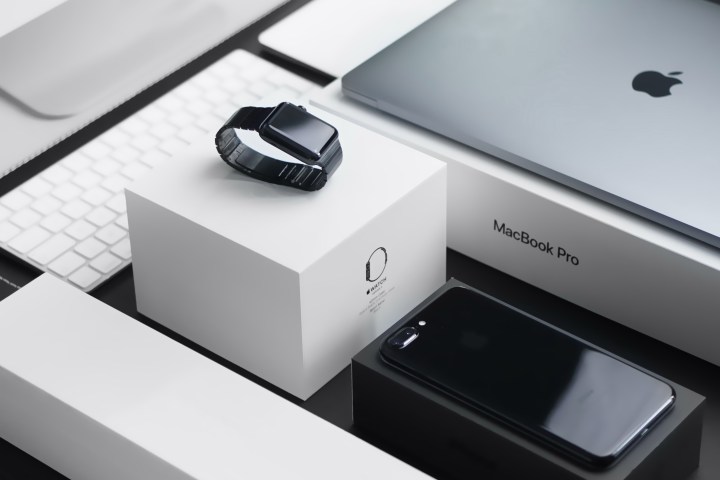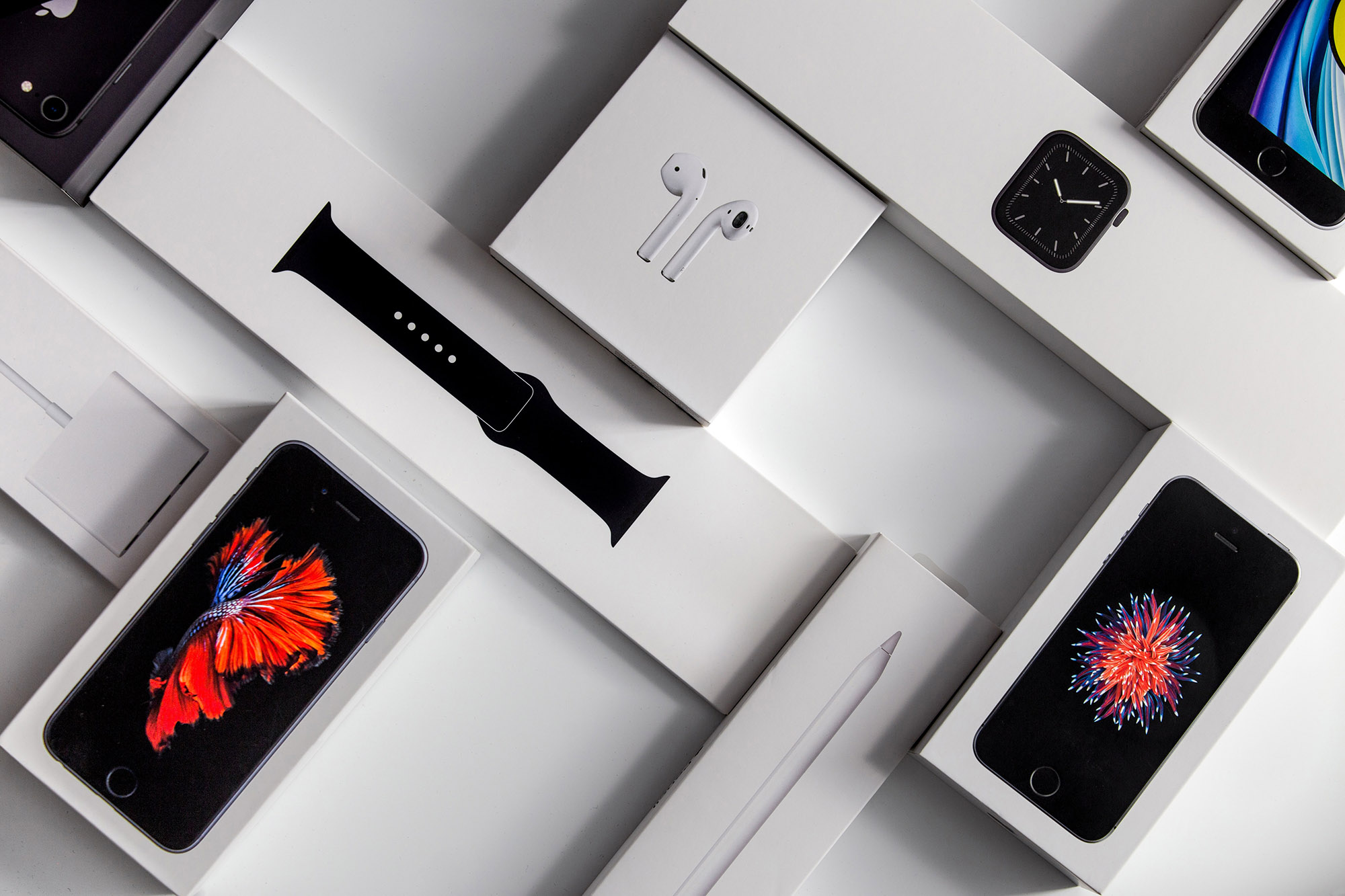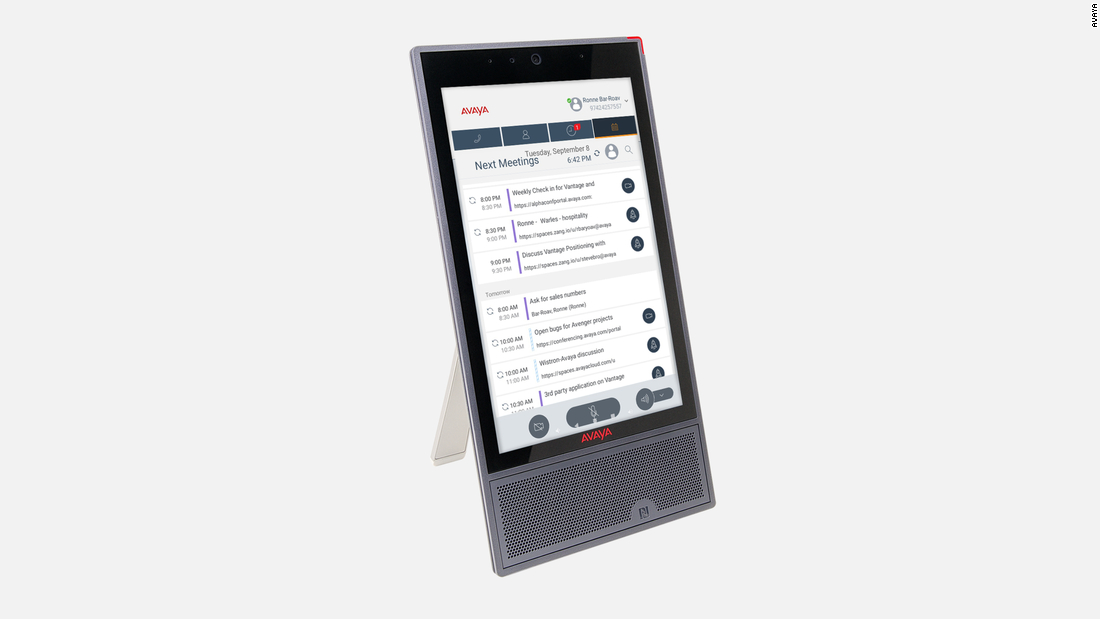At its annual developer conference, WWDC 2022, Apple will give us a glimpse of what the next versions of iOS, MacOS, watchOS and tvOS will bring to its enviably reliable ecosystem. However, for others, the same ecosystem is often likened to a walled garden, with attractive but carnivorous plants that make a pleasant entrance but a strenuous and frustrating exit. But over these walls some look with envious eyes.
How did Apple build such an impressive ecosystem and why are others so desperate to replicate it?
Attracted and locked up
Apple has long kept people closely tied to its product ecosystem. Those who own an Apple product are often attracted to buy more. The harmony with which products work with each other is (mainly) what fuels this obsession. Even though Apple products aren’t perfect, the general idea is that they’re great at what they’re supposed to do — and that perception contributes to Apple’s success. Statistical notes that Apple was the world’s top tech company by market value in 2021.
But it’s not just devices that make Apple’s ecosystem thrive. Apple’s operating systems and its suite of apps are intended to be exclusive to Apple devices – a strategy it has always maintained, but especially since. The return of Steve Jobs to the company. But while this exclusivity grants Apple owners bragging rights to others, it also forces them to remain confined within the proverbial walls of its glamorous backyard.
Apple’s methodology has always been to lock you into the ecosystem. In today’s environment, hardware is easier to escape, but transitioning from one familiar software tool to another can be a headache. Apple keeps its garden walls high, and by maintaining superior hardware quality and getting people to buy subscriptions to its services, climbing the walls becomes a herculean task. It’s not always a glaringly obvious lock either, it’s the way many features “work” together that’s equally effective.
For example, Apple devices have Handoff, which allows multiple actions between devices, and AirDrop allows you to quickly share documents and files between Apple devices, while tools such as Sidecar and Universal Control allow seamless integrated use of your Macs and iPads. Even Apple’s iMessage locks people in by displaying messages sent from outside the Apple ecosystem in green, while those from Apple devices display in blue. This led to the system being labeled as discriminatory against non-Apple users.
In addition to controlling individual apps, Apple tightly controls how you install them. Apple inherently opposes sideloading apps on iPhone and iPad citing security concerns.
Every business wants an ecosystem

Despite its negative connotation and criticism for locking users in, many competing consumer tech brands plan to be as successful as Apple and continue to build equally restrictive ecosystems. The end goal is simple: the more consumers link to your products, the more products and services you sell and, of course, the more money you make.
To succeed, these companies adopt a similar strategy to lock consumers into an ecosystem, typically mimicking the Apple ecosystem by creating products for potentially every use case. Brands such as Samsung, Xiaomi, Oppo, OnePlus and even Google compete in the same categories as Apple, from phones, tablets and laptops to wearables, audio products, TVs and even smart home products. All are designed to work together, improving the consumer experience and encouraging sales.
Smartphones of these brands also come with a pre-installed proprietary application store, which cannot be disabled or uninstalled, and each phone comes with a unique set of proprietary system applications, such as clock, camera , a file manager, a gallery, as well as cloud services. for music, storage and more. All of these are designed not only to provide a minimum of identity, but also in the case of app stores, music stores, and cloud services, to keep you coming back in the future.
Apple products do not have multiple identities

But sometimes there’s a lack of distinction between all of these products, and that’s something Apple does very well to avoid. Apple has designated roles for its products – be it iPhone, iPad, Mac, Watch or TV – so it adds distinct value to the ecosystem and is not trying to replace the role of another. An iPad isn’t trying to be an iPhone, nor does it encroach too much on MacBook territory. An Apple Watch is designed to augment the usefulness of an iPhone instead of being a substitute.
In contrast, Apple’s competitors use the opposite approach. They have multiple variations of similar products that invade virtually every division or segment in terms of price. The large number of options increases the likelihood that a consumer will buy a company’s products, but also gives them decision fatigue. Despite more choice, consumers are still struggling with poor coordination between products.
Unlike Apple, which uses proprietary operating systems and platforms, major consumer electronics devices use generalized platforms such as Android, Windows, and Google’s Wear OS to operate. Each manufacturer of Android phones or Wear OS smartwatches also creates a custom interface to stand out from other competitors and add unique features and functionality that only benefit other devices of the same brand.
When you buy a smartphone accessory, there is no standard protocol and you have to install a separate application to manage the orders. But to seal you in, brands often also take the liberty of limiting exclusive features to their own devices. For example, a Samsung smartwatch does not work efficiently on a non-Samsung phone; OnePlus headphones offer additional controls only in a Applications OnePlus Phone Settings; Xiaomi fitness bands can only be used to unlock its own phones, tablets and laptops, and no other brands.
The only manufacturer to have set up a (somewhat) discreet ecosystem like Apple is Huawei. In response to the sanctions against it, Huawei quickly extended its own alternative operating system – HarmonyOS – to Android with Google Mobile Services. Besides smartphones and tablets, HarmonyOS also works on smart home devices, smart watches, smart TVs, and even cars.
Why is the Apple ecosystem irresistible?
Why is the ecosystem so desirable? Apple enjoys an unquestionable loyalty that very few other tech brands can boast of. Although the premium version and exclusive software features are part of the reason, the analyst Neil Cybart argues that Apple is not a hardware company or a software company, but a “design company selling tools that can make people’s lives better”.
It designs and selectively sells products to create experiences that consumers happily pay for. Cybart highlights what they call “The Great Unified Theory of Apple Productswhich explains how Apple products perform similar functions despite their differences, just with a personalized experience for the person using the device. New Apple products can take on tasks previously handled by more powerful siblings.
A synergy that prevents most people, including myself, from reconnecting with a life without it
To illustrate this, think of how the iMac or Mac Studio is designed to serve you during the most demanding tasks at home or in the office, the MacBook can repeat those tasks with the added convenience of mobility.
Compared to a combination of a Samsung Galaxy Watch, Galaxy Tab and Galaxy smartphone, Apple’s counterparts have a much more cohesive and logical approach, while the tight software interface is what entices people to reward Apple with loyalty. The complete, all-encompassing experience binds you together with a synergy that prevents most people, myself included, from returning to a life without it. It’s no wonder other companies want to emulate its ecosystem.
At WWDC 2022 next week, we can expect Apple to make more ecosystem-related announcements. Find out what’s in store for Apple at WWDC 2022 and stay tuned for the latest updates during the event.
Editors’ Recommendations




